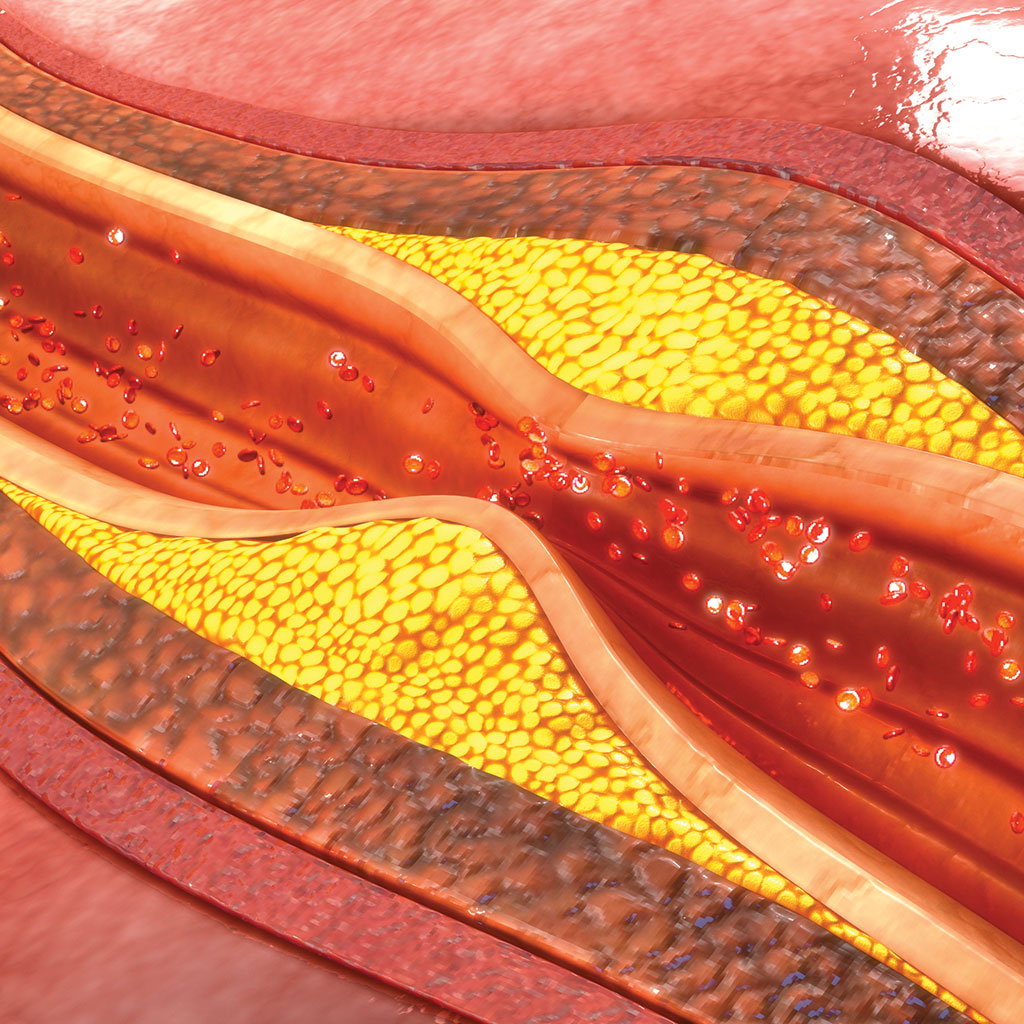Peripheral artery disease: It’s important to know your risk!
Peripheral artery disease (PAD) occurs when the arteries that supply blood to the body’s extremities (the legs and arms) become narrowed or blocked. This condition is usually caused by atherosclerosis, a condition which causes plaque to build up in the arteries and can impact the flow of blood throughout the body.
Unlike many other diseases, peripheral artery disease (PAD) doesn’t always present itself in the form of symptoms. Almost half of those with PAD have no leg pain and 20% do not experience any symptoms at all!
Yet, this disease can lead to excruciating pain, loss of mobility, leg amputation and even death. In fact, amputations resulting from PAD and diabetes in New York State increased 16.4% between 2009 and 2021. So, what can you do to prevent PAD from having a negative impact on your life?
First, find out if you have a genetic risk. Did your parents or close relatives have PAD? Having a first-degree relative with PAD means you are at nearly twice the risk of developing it. Do you or a close family member have diabetes, hypertension, chronic kidney disease or dyslipidemia (high LDL cholesterol)? These are important risk factors for PAD.
Next, assess your age and your lifestyle. Are you over 60? Do you get enough physical exercise? Are you overweight or eat a diet high in saturated fats? Do you smoke? Smoking is one of the biggest contributors to peripheral artery disease and cardiovascular disease in general.
Finally, pay close attention to the following symptoms:
- Shiny or cool skin on the legs
- Decreased or absent pulse in the feet
- Cold or numb toes
- Hair loss on the lower legs
- Muscle weakness
- Pain when walking or climbing stairs
- Sores or ulcers on the legs or arms that don’t heal
- Thickened toenails
- Impotence or sexual dysfunction
Whether or not you are experiencing these symptoms, if you think you have or are at risk of developing PAD, Champlain Valley Vascular offers the ankle brachial index (ABI), a non-invasive test that measures the ratio of blood pressure in the ankle to the blood pressure in the arm. The measured value of this test is evaluated by a doctor who can help you understand your risk. If the ABI shows you are at risk, we provide a full range of vascular testing at our center to help you understand the extent and severity of the disease.
If you have PAD, and it is caught at an early stage, it may be managed with medication and/or lifestyle changes. If the disease is more advanced, there are several minimally invasive, non-surgical treatments that can be performed in our outpatient center. Only in the most severe cases is surgery or amputation required, which is why it’s important to know your risk and detect PAD as soon as possible.
The bad news is that PAD is often underdiagnosed, which is why you need to be your own best advocate for your health and take steps to understand your risk. The good news is that great strides have been made in the treatment of PAD so you can halt the progression of this disease and maintain your quality of life.
As with most diseases, early detection is the key! If you have questions, or would like to schedule an ABI test to understand your personal risk for PAD, call us today.

